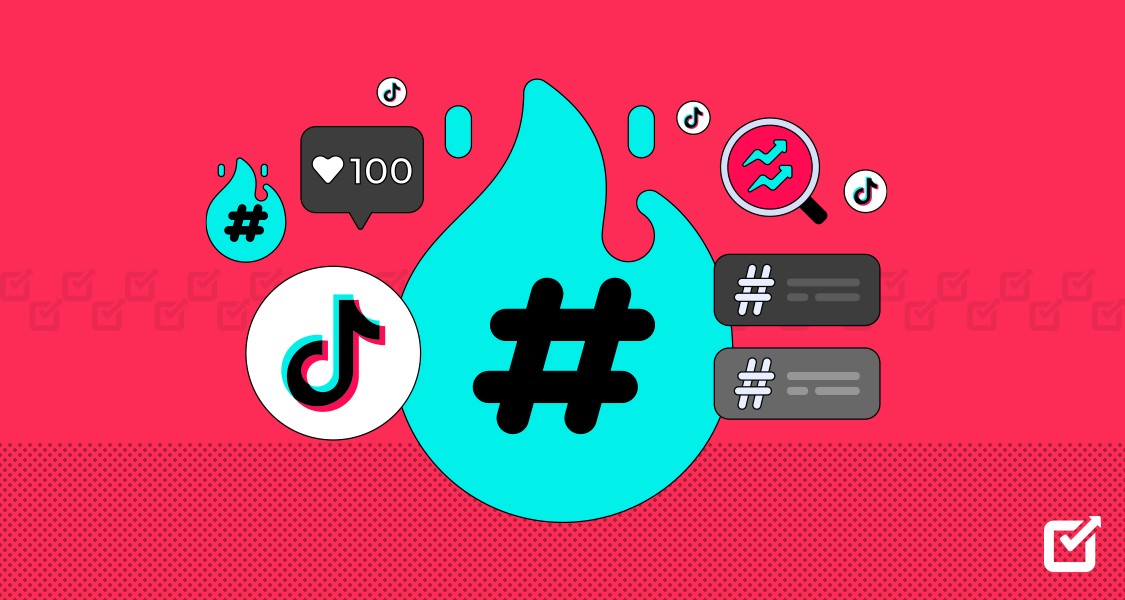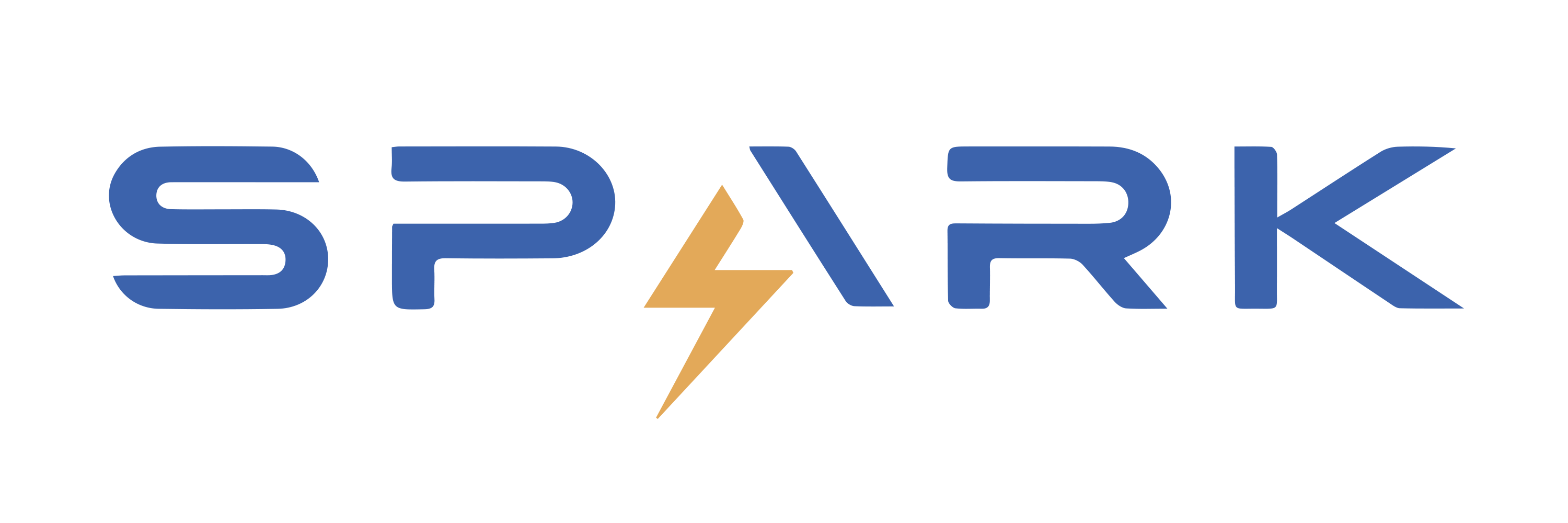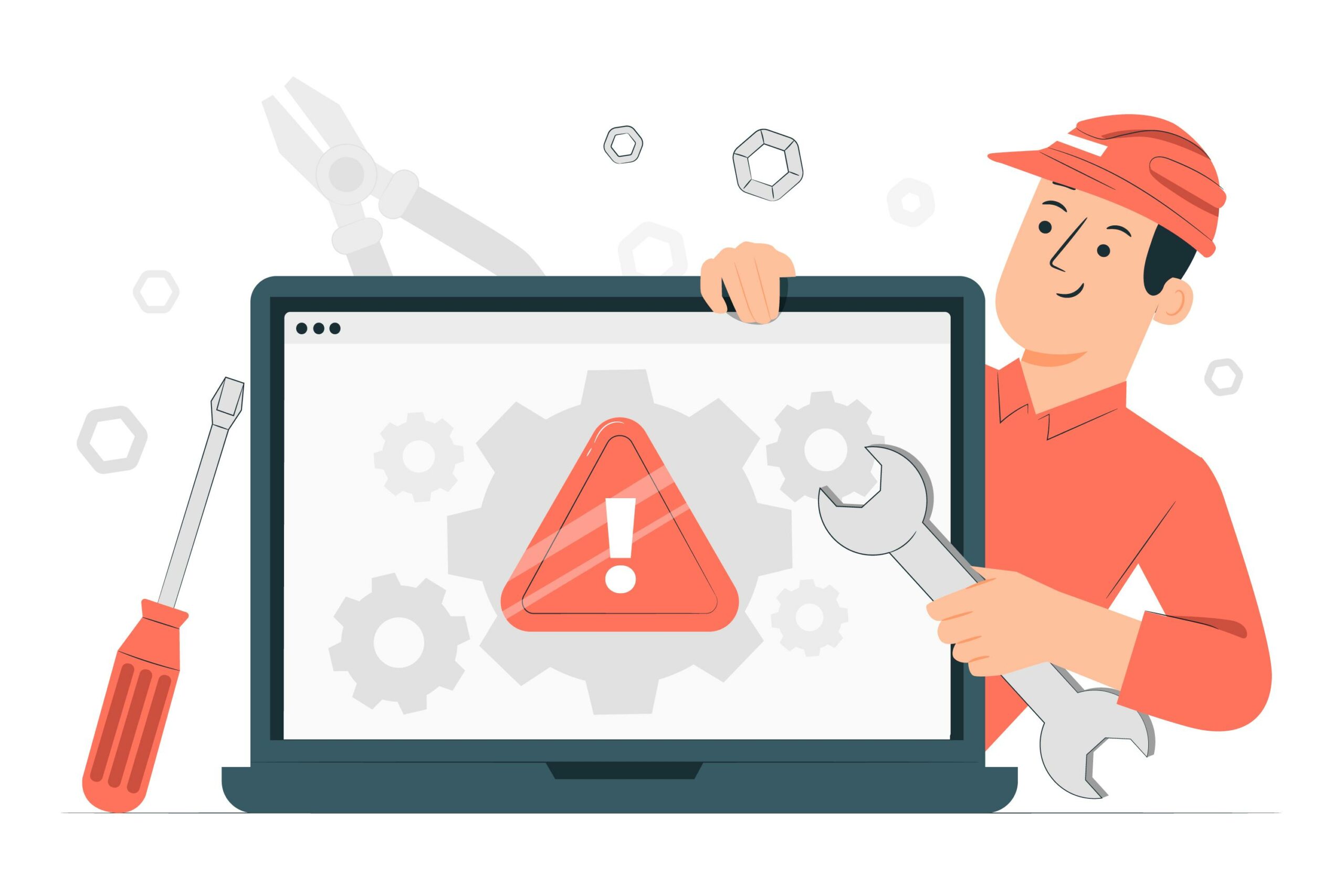The Secrets of TikTok App Popularity and Several Useful Tips for an App Like TikTok Development
When it comes to social media platforms in the last few years, one has surged forward beyond everyone’s imagination, and it is none other than TikTok. TikTok is an app that is predominantly habitual of sharing dance challenges, funny clips, and viral trends on its platform and educating people through short videos. But what makes TikTok so engaging and what are the ingredients that helped the application become so popular? In addition, if you have the goal of attaining the success of an app like TikTok, what knowledge can you take from it? In this article, I will consider the biggest factors that emphasize the TikTok application as well as provide you with the best tools you need to develop your app and reach the same level.
TikTok Phenomenon Secrets: Why It’s So Popular
TikTok story from an unknown app for sharing video clips to a world phenomenon is something that can be told in epic proportions. Currently, TikTok has more than 1.5 billion downloads worldwide has left behind many similar applications, and takes the leading position in the world of social networks. It’s possible to get an idea of how major it has become and how it rose to fame by dissecting some of its main causes.
1. Interaction with Algorithm and Personalization
But the true gem is that TikTok uses a really powerful recommendation system to dictate what content users see. Unlike other social media platforms that depend so much on the followers, TikTok employs a complex algorithm that sets aside content from videos best suitable to the user’s preferences, activity, or watch time. Thus, users experience content that they are likely going to interact with, making it endless entertainment.
Why this matters: If possible, the content should be as interactive and interesting as possible to enable users to spend more time using the app; this is what makes TikTok almost irresistible with a “For You Page” where you can browse through endless feeds of recommended videos.
2. User-Friendly Interface
TikTok is supposed to be delightfully simple to use for everyone to download and spend their time creating or watching videos. Whether you are a teenager, or a pensioner, the flow of the application is comprehensible, and there is no need for any IT skills to begin. No one is required to rush and register to watch the videos, creating the content is as simple as just swiping and tapping.
The interface also enables creativity through several easily implementable editing tools, filters, and innovative effects. This makes the operation of the app to be inaccessible to all and does not call for a deep burden of expertise or brains from the sides of the citizens to be able to watch the programs or even develop them.
3. Viral Trends and Challenges
A major appeal for TikTok is that the creator frequently uses challenges, memes, and trends to engage his or her audience. It frequently creates new tasks motivating its users to engage more actively; its content ends up spreading rapidly across the application. But unlike so many other apps where the content soon grows repetitive – such as the dance challenges, lip-syncing trends, and viral sound bytes – on TikTok, its viral nature of content makes it fun and engaging.

These trends also extend to other platforms where people move from this social media to physically experience things or even take the going trends to the mainstream pop culture worlds. Following trends users are active members of a global community, which is involved in something new all the time.
4. Music Integration
Another big reason for the TikTok boom is its strong connection with music. It helps that TikTok has provided users a vast library of songs and sound clips that users can use in their videos thus giving music discovery a major boost. It has promoted as many songs and tends for artists to receive hundreds of thousands of streams after they appear in a TikTok video.
Hence, songs such as Old Town Road by Lil Nas X and Savages Love by Jawsh 685 and Jason Derulo became popular after people used them in Tiktok.
5. Diverse Content Creation
At the same time, TikTok draws an audience because users upload different videos. Unlike other platforms that primarily focus on one type of content (like Instagram for photos or YouTube for longer videos), TikTok offers short-form videos that can cover anything and everything: sketches, comedies, dances, tutorials, repairs and assembling, cookery, exercises, gameplays, and so on. Due to the large range of content, the audience is diverse, and it is thus one of the most diverse platforms.
6. Employing of Augmented Reality (AR) and Filters.
AR filters have now become part of TikTok’s branding and are used by its users to overlay video clips with amazing effects, face filters, and props. This increases productivity and makes the content Explore more fun and unique. Filters & Effects are also regularly updated, which makes it easy for users to become creative when using TikTok, and their content remains interesting.
7. Community Engagement
It seems weird to say that TikTok is not just an application through which users share content, but it makes them a part of a community. It is possible to like, comment, and share posts, as well as contribute to other content creators and their projects. It also allows ‘duets’ and ‘stitching’ by which people can react or continue somebody else creativity and everybody can be discovered easily and gain followers.
Moreover, the user interactivity elements, like replies to comments, live streams, creators, etc, are highly effective in-app activity and user engagement.
8. Focus on Short-Form Content
TikTok expanded the meaning of “short-form video” and consisted of videos that ranged from fifteen seconds up to three minutes. This is anchored on the fact that users can easily engage content in small portions due to their short attention span. The major reason why TikTok users are capable of watching several videos within a few minutes is because the platform’s format is lively and more efficient compared to other platforms with longer media products.
Guide On How To Build An App As TikTok
There are a great number of lessons you can gain concerning the development of a successful social media or video-sharing application from the success story of TikTok. In this post, I’ll share with you some essential features you should consider if you are thinking of creating an application akin to TikTok.
1. Focus on a Powerful Algorithm
However, the key element of TikTok is an exceptionally efficient content recommendation system. When developing an app like TikTok, the main recommendation would be to pay a lot of attention to the recommendation system since the primary goal is to find the content that would interest the user based on the learning of data. This is how you keep the users captivated and how you make them spend more time on your site.
Tip: Take advantage of machine learning and analyze usage patterns and content engagement to deliver the right content.
2. User-Centric Design
More users will be attracted to an app that is easy to use. The functions and features of the app must be simple to avoid a monotonous design and boring interface. Ensure you have the optimal design for smartphones and tablets since many people will be using the app on their mobile devices.
Tip: Your interface should not be complicated and cluttered. The less number of stages required to generate and consume content, the more desirable the content.

3. Gamify the Experience
One of the strategies that have been found more effective when applied to reach users is gamification. Akin to TikTok, you may include things like badges, challenges, and daily streaks to encourage the users to come back. This is the reason users come back to participate in challenges or hit some milestone which gives them the feeling of having accomplished something.
Tip: Use elements such as rewards, rankings, or contests to encourage users to further activity.
4. Incorporate Music and Sounds
It is worth admitting that music integration is one of the most prominent features of TikTok. If you are targeting creating an app like TikTok, then, ensure that music integration is also a feature and enable your users to post their videos with soundtracks. Music labels are also fruitful for long-term collaboration related to increasing the overall music library and providing people with popular tracks.
Tip: Provide a wide range of songs and sounds. If possible, provide music to only this show or perhaps get a connection with up-and-coming musicians.
5. Invest in AR and Filters
TikTok has put Augmented Reality filters and effects in peoples’ faces. Most of the application users will agree that AR features have to be extraordinary and of high quality to have a competitive advantage. It is advisable to add more filters, effects, and other creative tools that will force user’s creative juice as well as add creativity to their videos.
Tip: Update frequently and be creative, by bringing new and various AR effects and purchasing experiences.

6. Foster a Community
Include some of the following characteristics of community networks, used to enable community members’ interaction with each other. Allow them to reply, repost, sticker respond, and voice message reply to the videos. Promoting community feelings care for better retention and user-created content.
Tip: Integrate facilities such as duets, remixes, and response videos that would help users to collaborate easily with each other.
7. Reusable Backend Environment
And while your app is gradually getting popular it’s extremely important to make sure that your backend is capable of handling millions of users. Another important factor is that such an application’s infrastructure must be compatible with millions of videos and users at the same time.
Tip: Cloud solutions such as AWS, edge computing, and load balance to allow your app to grow big enough by expanding as and when needed.
8. Keep it Lightweight
The more optimized your app is the better, the faster and quicker it is the better. Viewers are not willing to watch a particular video that takes time to load, therefore your program should be speedy. This also means that the size of the app must remain small to facilitate download and to make it easy to use.
Tip: Optimize video file size, Strip off unnecessary extras, and make it as swift as possible for improved experience.
9. Monetization Strategy
Finally, consider how you will earn money from your app The most obvious method of monetizing TikTok is through the sale of goods and services within the app itself, advertising, and sponsorship. In such case, if you are aspiring to create a similar application, you ought to find a way of monetizing your app whether through advertisements, additional costs, or even collaborations with creators.
Tip: It can create an opportunity for a brand to place ads that are specifically targeted based on user’s data or allow users to buy virtual gifts for artists. bringing new and various AR effects and purchasing experiences.
Conclusion
To best illustrate this point, consider TikTok as an excellent example of six factors, which include the user experience, personalization, virality, and community building, which all make for a great application that has entranced the world today. By analyzing TikTok’s design and functionalities, which include the algorithm and social tools, in-built music, and creative filters, then an individual seeking to develop an app should borrow a few things from the TikTok model effectively.
If you are looking for high-quality web or app development services feel free to drop us a message. We’re always happy to help you bring your digital projects to life!





